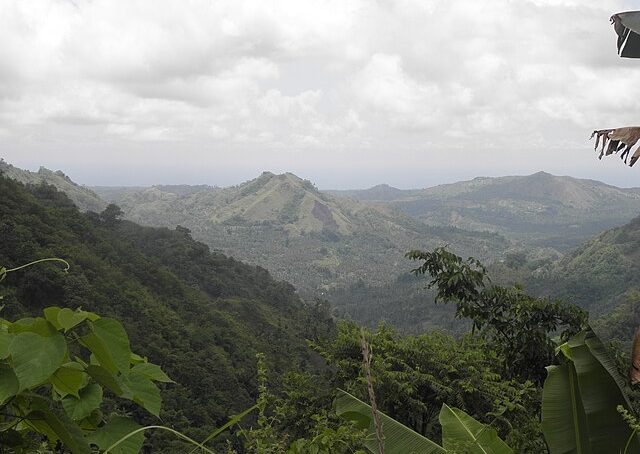Farmers in Mindanao island in the Philippines will receive governmental seeds and fishing gear following the 6.8-magnitude earthquake of November 17, 2023 that disrupted their agricultural livelihoods.
The Department of Agriculture began the mitigation process by distributing vegetable seeds, banana sprouts and coconut seedlings on November 28.
Currently, 1000 banana stocks are up for distribution as well as 1000 hybrid copra seedlings.
Farmers and fishermen from the hard-hit GenSan city are also among the Mindanao islanders who will receive indemnity loans. The city lies in Region XII, which is one of the key rice production areas in south-central Mindanao.
The island’s main rice production centre of Bangsamoro Autonomous Region accounted for 5.6% of all national production in Q1, 2023. This was an improvement from the entire 2022 season when the region ranked 9th, nationally, with 4.18% of national production.
Key Crops in Mindanao
The main crops that grow in Mindanao fall into three categories that go by the respective region.
The Western region cultivates banana, coconut, rice, coffee, corn and abaca. Abaca is a fiber that passes as the strongest natural fiber in the world.
Coconut, sugar, pineapple, cotton, coffee and tobacco are the top crops in the agriculturally-rich central region. Other crops from Central Mindanao include rice, abaca, cotton and durian.
The Caraga region, which is to the northeast of Mindanao is a major source of rice, vegetables, abaca and corn. Its picturesque countryside is home to 500,000 indigenous people.
Mindanao Fisheries
Another detrimental effect of the earthquake was on local fisheries. The government assesses agricultural damage as a result of the earthquake to have reached 7.2 million Philippines Pesos (($129,788.21). Fisheries lost around 2.06 million pesos ($37,103), while high crops and poultry lost the most.
The main fishing region is in the south of the island, which is home to skipjack tuna, milkfish and tilapia. In 2021, Mindanao ranked as the top source of fish in the Philippines.
By the first quarter of 2023, the island had already produced 991,140 tonnes of seafood. The regions of Zamboanga Peninsula and Bangsamoro accounted for 43.2% of the catch.
In the first quarter of 2023, the leading fishery commodity in Mindanao was seaweeds, which raked in 366,760 metric tonnes. Tilapia, milkfish and skipjack tuna followed suit, with the last amounting to 54,680 metric tonnes.
The government now seeks to bequeath new fishing vessels to around 54 fishermen in Mindanao’s Region XII. These will be worth P2.08 million ($37,516.69).
